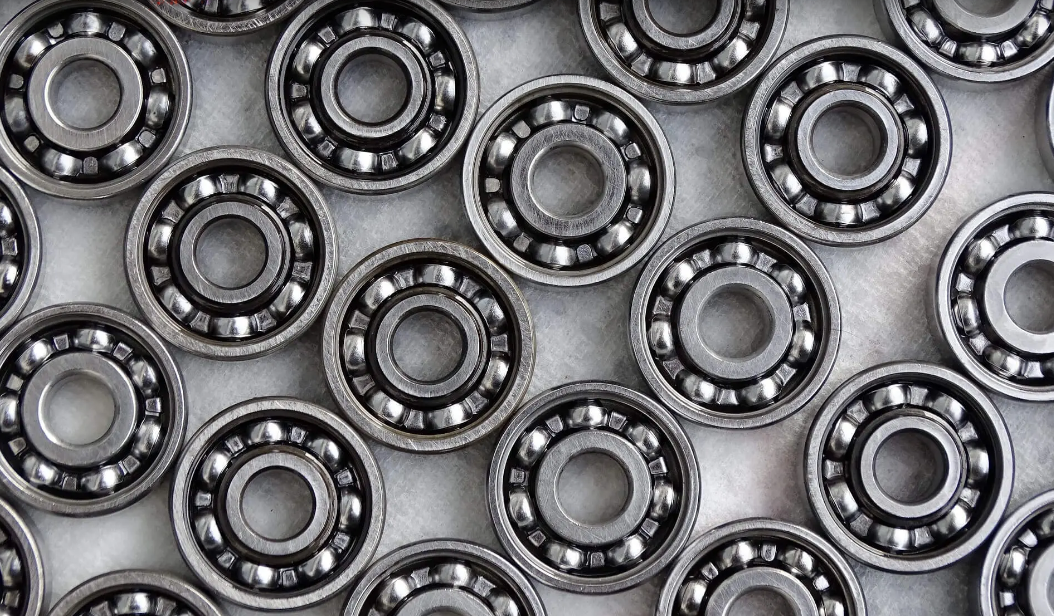Welcome to Sino Bearings web
24x7 HOTLINE:+86-28-81454188

 TECHNOLOGY
TECHNOLOGY
There are a few different ways to measure metric bearings, but the most common is by using a micrometre.
here are a few different ways to measure metric bearings, but the most common is by using a micrometre. This tool allows for very precise measurements, and is generally considered the most accurate way to measure metric bearings. Other methods of measurement include using callipers or a ruler, but these are not as accurate as using a micrometre.
Measuring a metric bearing with a micrometre
To measure a metric bearing with a micrometre, first make sure that the micrometre is properly calibrated. Next, place the micrometre on the bearing so that the spindle of the micrometre is touching the outer edge of the bearing. Once in place, slowly turn the micrometre until the spindle just begins to make contact with the inner edge of the bearing. At this point, take a reading from the micrometre and record the measurement.
When measuring metric bearings, it is important to be as accurate as possible in order to ensure that the bearings will fit properly and function correctly. Micrometres are the most accurate way to measure metric bearings, but if you do not have a micrometre available, you can still get fairly accurate measurements using callipers or a ruler. Just be sure to take multiple measurements and use the average of those measurements for the final metric bearing size.
How to use a ruler to measure metric bearings
If you don’t have a micrometre available, you can still measure metric bearings quite accurately using a ruler. To do this, simply line the ruler up with the outer edge of the bearing and make a mark at the point where the inner edge of the bearing meets the ruler. Next, measure from this point to the end of the ruler and record the measurement. Again, it is important to take multiple measurements and use the average for the final metric bearing size.
Callipers can also be used to measure metric bearings
Another tool that can be used to measure metric bearings is a calliper. To use a calliper, first make sure that it is properly calibrated. Next, open the calliper until it is just slightly larger than the bearing you are measuring. Once in place, slowly close the calliper until it just barely makes contact with the inner edge of the bearing. At this point, take a reading from the calliper and record the measurement.
As with using a ruler, it is important to take multiple measurements and use the average for the final metric bearing size. Callipers are not quite as accurate as micrometres, but they are still fairly accurate and can be used if a micrometre is not available.